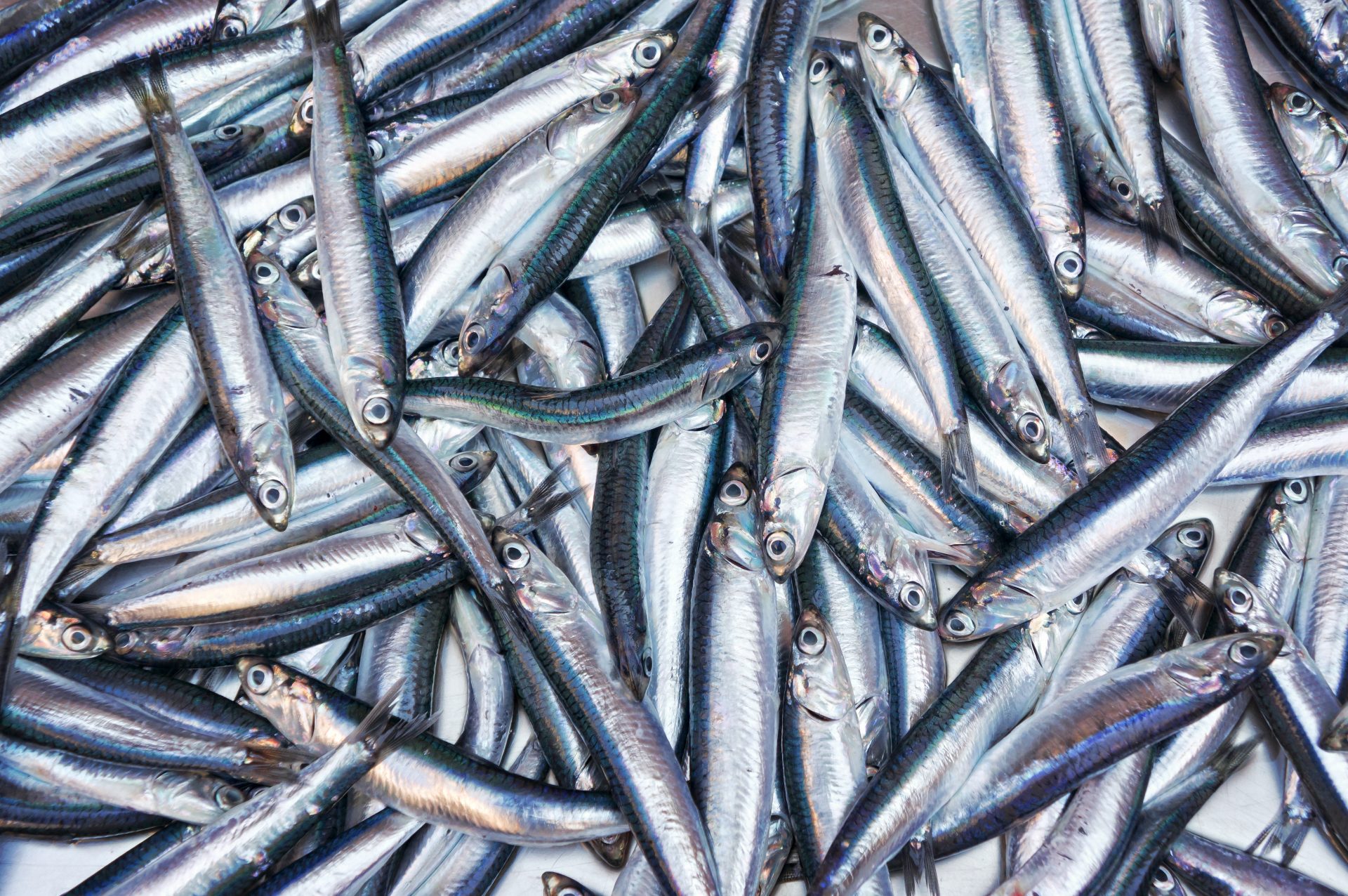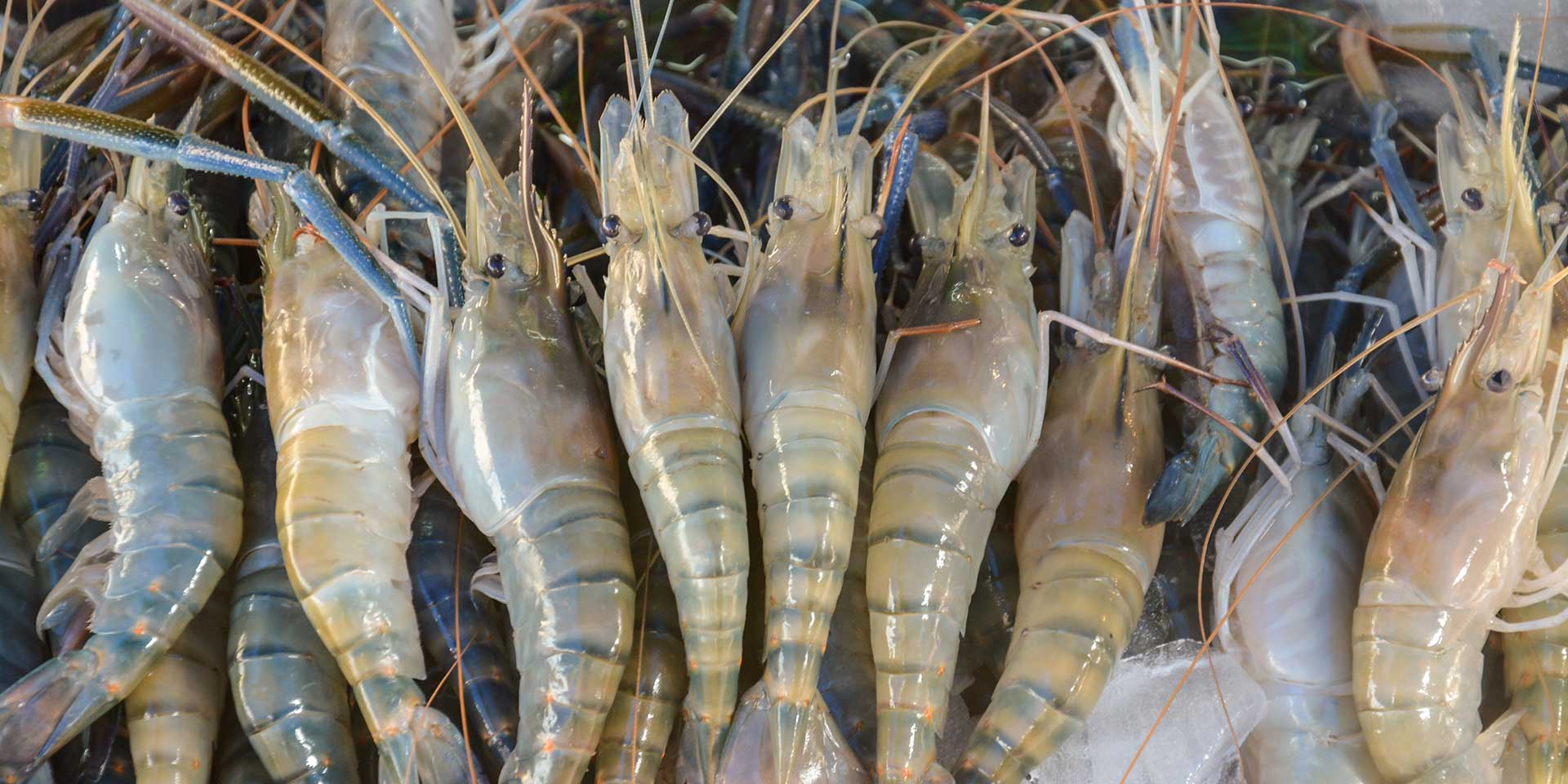An Expert Helps Answer the Question “Does Sustainable Fishing Exist?”
Sustainable fishing has become a hot topic recently, including debates over whether or not it really exists. And while the world of seafood can seem confusing at a glance, with questions about ecolabels, fish farming and more making our buying choices seem complicated, there is sustainable fish to be found. To help us navigate these waters, we invited the Northwest Atlantic Marine Alliance, or NAMA, to chat with us on Facebook Live. You can find a summary of the conversation here, but be sure to watch the interview below to learn more.
NAMA is a grassroots organization of fishermen and women that brings the concerns of fishing communities across the country to Washington to ensure they have an advocate as lawmakers and administrators create fisheries policy and other legislation that impacts the ocean. As advocates for independent fishermen who rely on a healthy ocean, NAMA is very invested in making sure seafood is sustainably produced.
How Can We Define Sustainable Fishing?
NAMA believes sustainable fishing is appropriately scaled and has continuity within a community, never taking more fish than what the ecosystem can allow and keeping an eye towards the future. Communities that rely on fish for their food or for their income are often the best advocates for conservation, as the wellbeing of the next generation relies on maintaining the ecosystem. Tribal groups are an especially good example of how this kind of management can preserve a fishery for thousands of years.
While commercial fishing and sustainable fishing are often presented as opposites, they aren’t mutually exclusive. Commercial fishing is an important economic lifeline for many communities, and when they work to harvest fish within the boundaries of an ecosystem and keep an eye towards continuity, it can be very sustainable. Commercial fishing becomes unsustainable when it’s controlled by corporations, particularly those outside the community, because they view the fish as a resource to cash in on immediately rather than a population that’s important to preserve. This explains much of the industrially scaled, factory-style fishing that’s so destructive to the oceans.
Local control is also pivotal when it comes to how fisheries are regulated. Keeping small fishermen in business is critical to ensuring they can bring a future-focused, science-informed voice to the Regional Fishery Management Councils that set catch limits to prevent overfishing. Overfishing isn’t the only threat facing the oceans. Climate change and habitat disruption are also serious risks to fish populations, and fishing groups like NAMA are pushing for greater consideration of these other factors in the regulatory process.
Buying Sustainable Seafood
Buy Local
With all of this in mind, buying sustainable seafood can seem daunting. However, this doesn’t have to be the case: a few simple rules can help make sure that you’re buying the most sustainable options. For people who live near the coast, it’s often easy to buy local. Farmers’ markets and fish shops are good places to buy fish straight from the fisherman or vendors who can tell you where and when fish were caught. This lets you have more confidence that they came from a sustainably managed fishery. If you’re uncertain where to look, localcatch.org has a seafood finder tool that makes finding sustainable seafood vendors easy. Community supported fisheries, much like CSA farm shares, are another way to get a sampling of fresh, regional seafood regularly.
Buy Frozen and Canned
For those who are further from the coast and have trouble finding local seafood, the frozen and canned food sections can be a good place to look. In these cases, more information is always better; look for products from the US when you can and avoid those that are imported when possible, especially if it’s a farmed product. While there are a number of ecolabels that seafood companies use on their products, many are hard to verify, and none give a holistic idea of sustainability. Ultimately, if you can’t find any information on a product and where it comes from, it’s best to choose something else.
Avoid Farmed Shrimp and Salmon
Farmed shrimp and salmon, whether sold thawed or frozen, are especially important to avoid because they come from facilities that mimic land-based factory farms and use the ocean as a dumping ground for waste. NAMA’s expertise on fish farming was critical to our FoodPrint of Farmed Seafood report, and their current work is focused in large part on curbing unsustainable aquaculture. First, they are working with a coalition of other ocean groups to prevent environmentally taxing fish farms from expanding into federal water, where they traditionally haven’t been allowed. A Florida project threatens to upend that balance, and pending legislation like the AQUAA Act would clear the way for more farms like it.
NAMA has also been very involved in the fight against genetically modified salmon, which are now being raised in land-based systems in the US after a years-long battle to get approval. The fish present an escape risk to the environment, and their approval is a worrying sign that other GM animals might not be properly investigated or regulated in the future. NAMA and its partners have been instrumental in slowing down the process and ensuring the fish can’t gain a foothold in US markets after getting guarantees from major retailers that they won’t carry the product.
What You Can Do
To learn more about how to help support sustainable seafood:
- Watch the Facebook Live in its entirety.
- Read our FoodPrint of Farmed Seafood report.
- Follow NAMA on Facebook, Instagram and Twitter.
Top photo by Alexandr Blinov/Adobe Stock.
More Reading
Think you’re eating local seafood? Beware of 'local-washing'
May 21, 2025
When bycatch is on the menu
December 12, 2024
The quest for more sustainable caviar
July 3, 2024
Celebrating the Black history of oysters with chef Jasmine Norton
June 21, 2024
Oyster farming is the good kind aquaculture
April 2, 2024
A new report sheds light on the problems behind our imported shrimp
March 27, 2024
The collapse of fishing giant Blue Harvest exposes the weakness of catch share policies
November 20, 2023
Can We Really Eliminate Invasive Species by Eating Them?
July 19, 2023
Community Supported Fisheries Prove Seafood Can Be Local, Too
February 27, 2023
What's the Solution to Ghost Fishing Gear Polluting Oceans?
January 17, 2023


